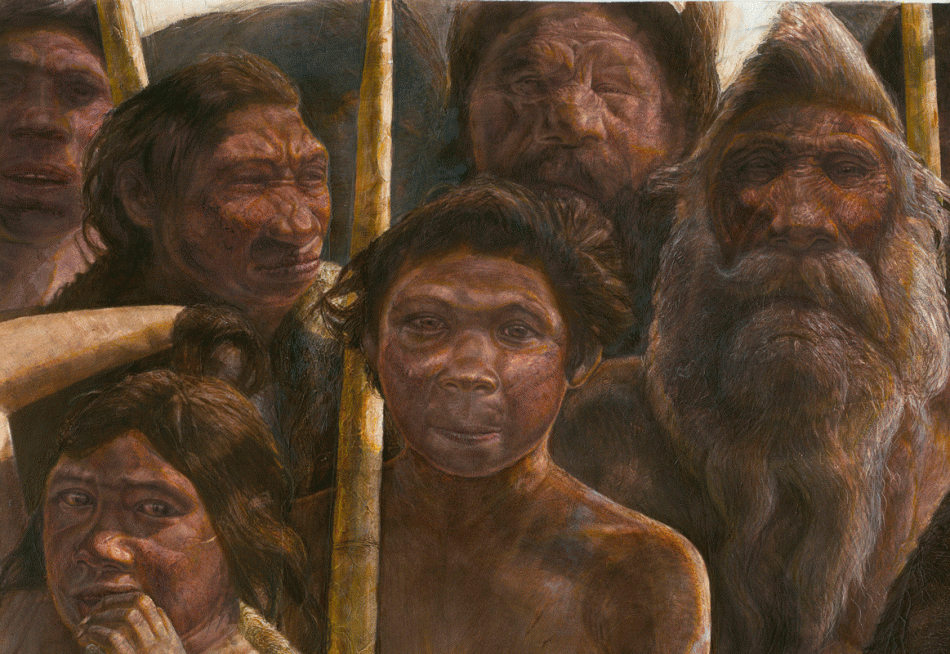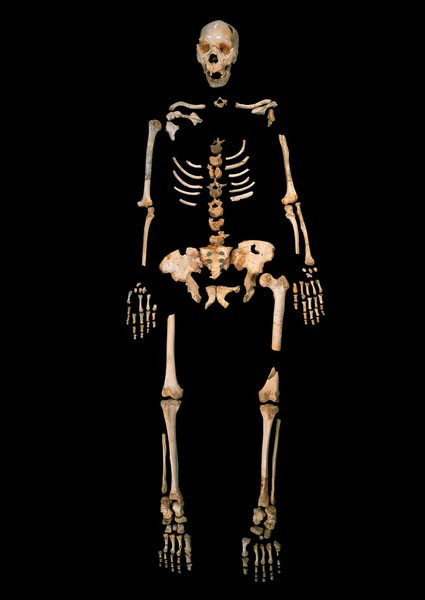DNA Sequenced on Oldest Human Ancestor Fossil
400,000-year-old fossil of Homo heidelbergensis shows species shared ancestor with Denisovans

Scientists have sequenced the DNA of the oldest hominin species ever to have been found.
The bone sequenced is thought to have been a relation or member of the Homo heidelbergensis species, which lived at least 600,000 years ago, and may date back as far as 1.3 million years.
Homo heidelbergensis are ancestors to humans, Denisovans and Neanderthals.
DNA sequencing of the bones showed some surprise findings. While they had Neanderthal features, they shared an ancestor with the Denisovans.
Researchers at the Max Planck Institute for Evolutionary Anthropology in Leipzig, Germany used novel techniques to sequence the 400,000-year-old representative from the Sima de los Huesos cave in northern Spain.
In 1997, researchers excavating the site at Sima de los Huesos came across a "bone pit", which contained at least 28 skeletons. Over the last 15 years, these skeletons have been pieced together and identified as Homo heidelbergensis.
However, researchers also thought they may have carried some Neanderthal traits from the way they looked.
Matthias Meyer and his team developed new techniques for retrieving and sequencing highly degraded DNA. They then teamed with Spanish palaeontologist Juan-Luis Arsuaga from the Sima de los Huesos site to study the hominin species.
The researchers sampled two grams of bone powder from a thigh bone from the cave, then extracted its DNA and sequenced the genome of the mitochondria (mtDNA), a small part of the genome that passes down along the maternal line.

This mtDNA was then compared with samples from modern humans, apes, Denisovans and Neanderthals.
Researchers calculated that the Sima horminin lived about 400,000 years ago and shared a common ancestor with the Denisovans - a species from Asia related to the Neanderthals.
Meyer said: "The fact that the mtDNA of the Sima de los Huesos hominin shares a common ancestor with Denisovan rather than Neandertal mtDNAs is unexpected since its skeletal remains carry Neandertal-derived features."
Arsuaga, director of the Centre for Research on Human Evolution and Behaviour, said: "This unexpected result points to a complex pattern of evolution in the origin of Neanderthals and modern humans. I hope that more research will help clarify the genetic relationships of the hominins from Sima de los Huesos to Neanderthals and Denisovans."
The researchers added that considering the age of the fossils, the Sima horminins were probably related to a species ancestral to both Denisonvans and Neanderthals.
Another possibility is that another group of hominins brought the Denisovan mtDNA into the Sima horminin genome.
Svante Paabo, director of the Max Planck Institute, added: "Our results show that we can now study DNA from human ancestors that are hundreds of thousands of years old. This opens prospects to study the genes of the ancestors of Neanderthals and Denisovans. It is tremendously exciting."
© Copyright IBTimes 2025. All rights reserved.





















